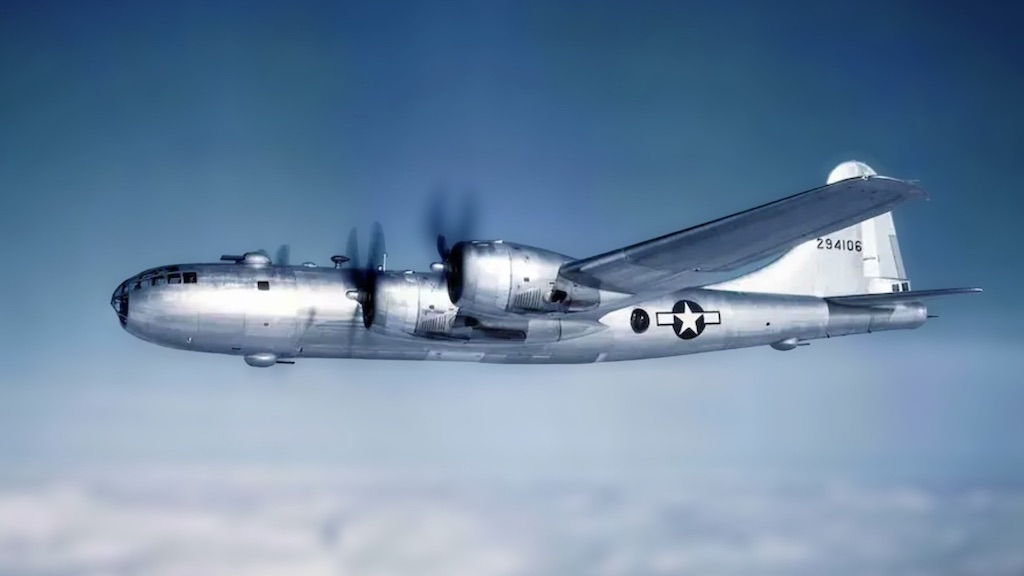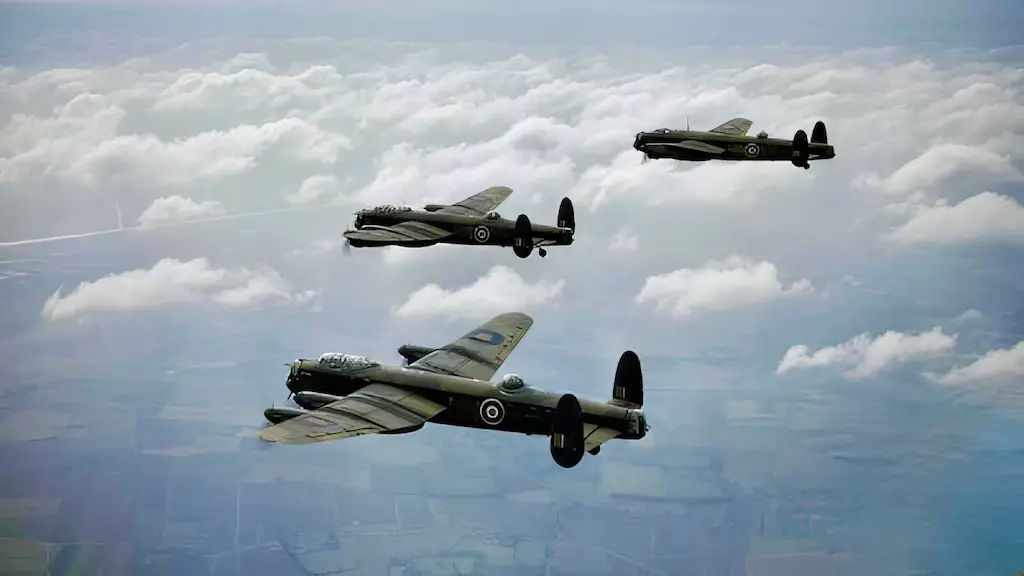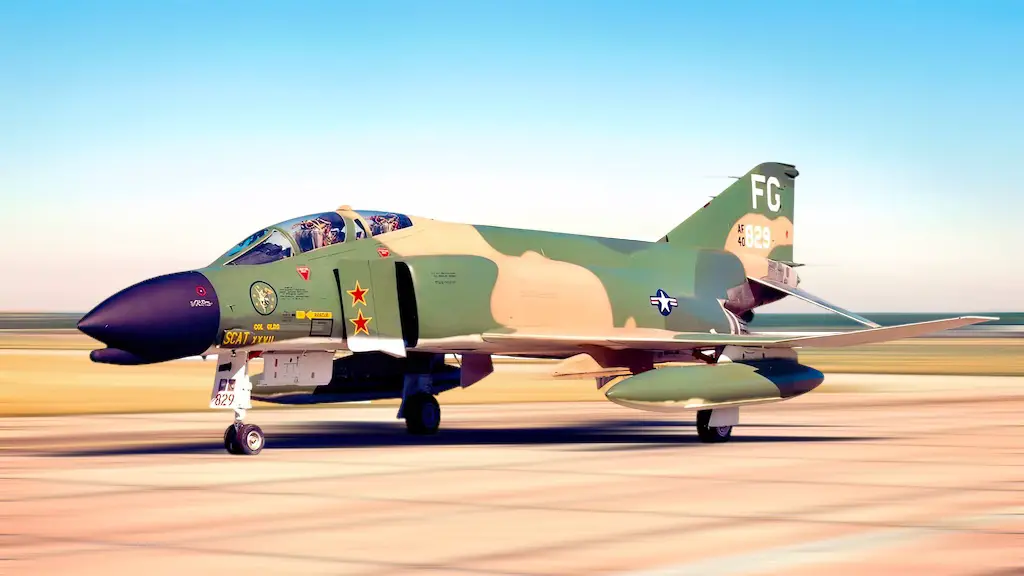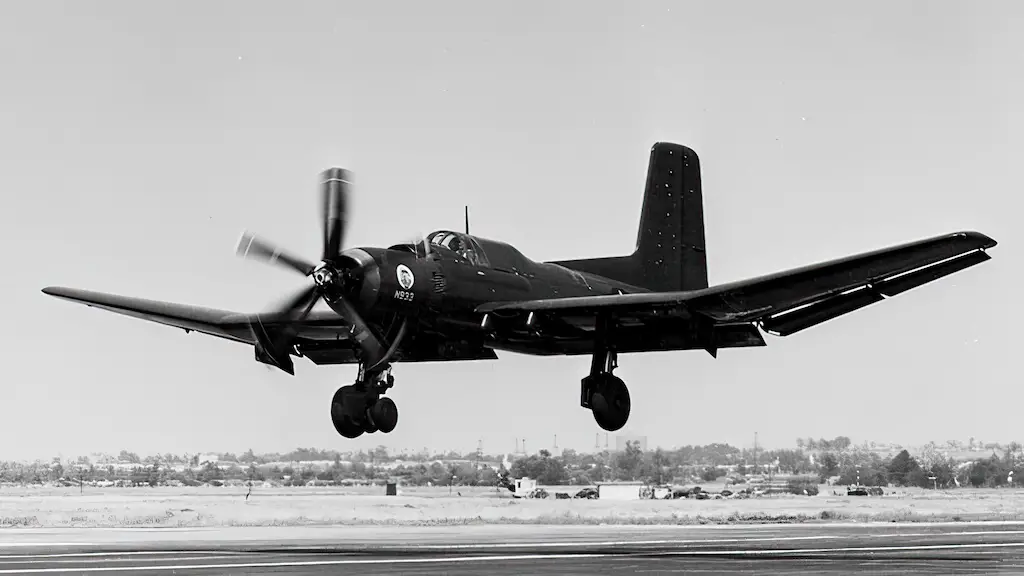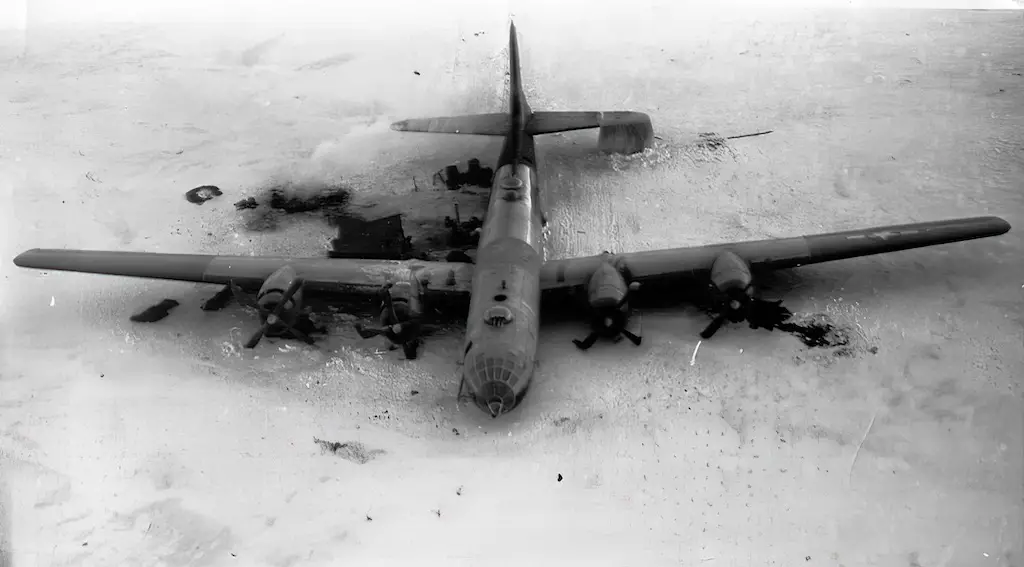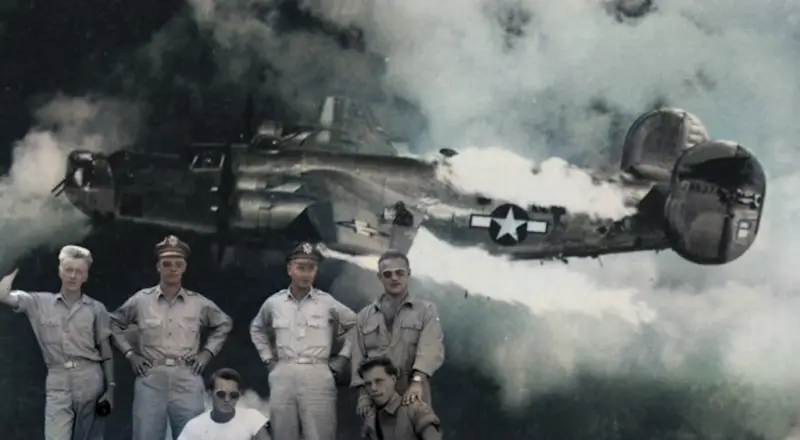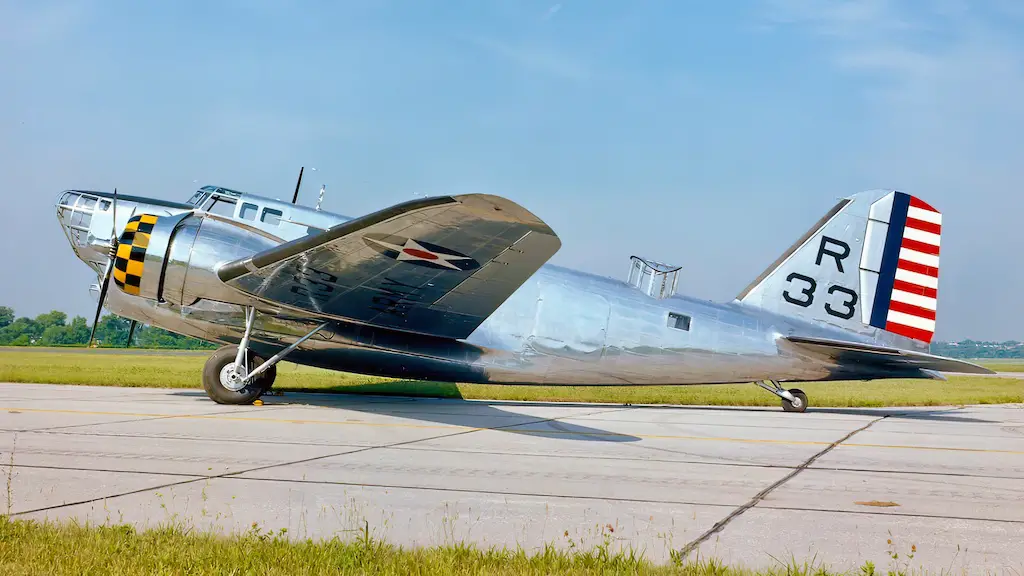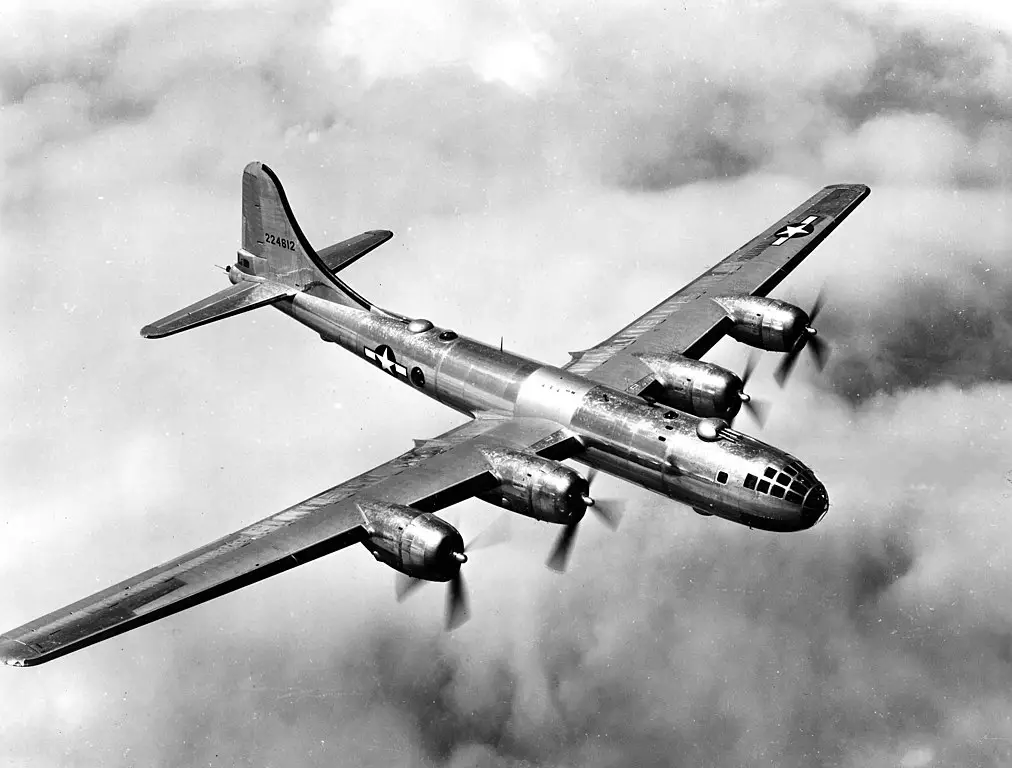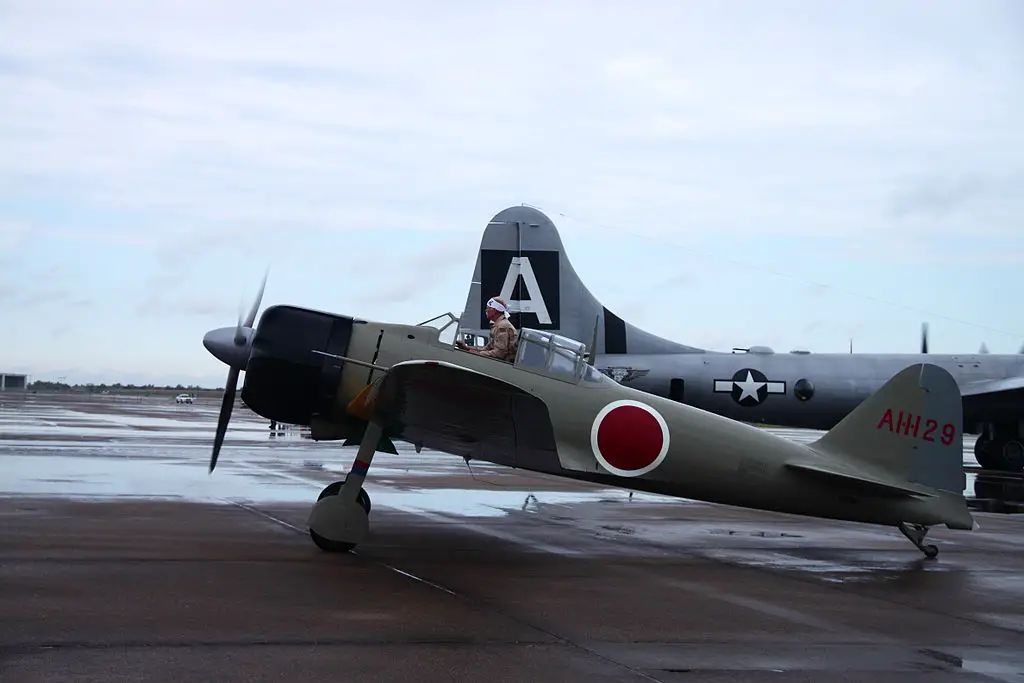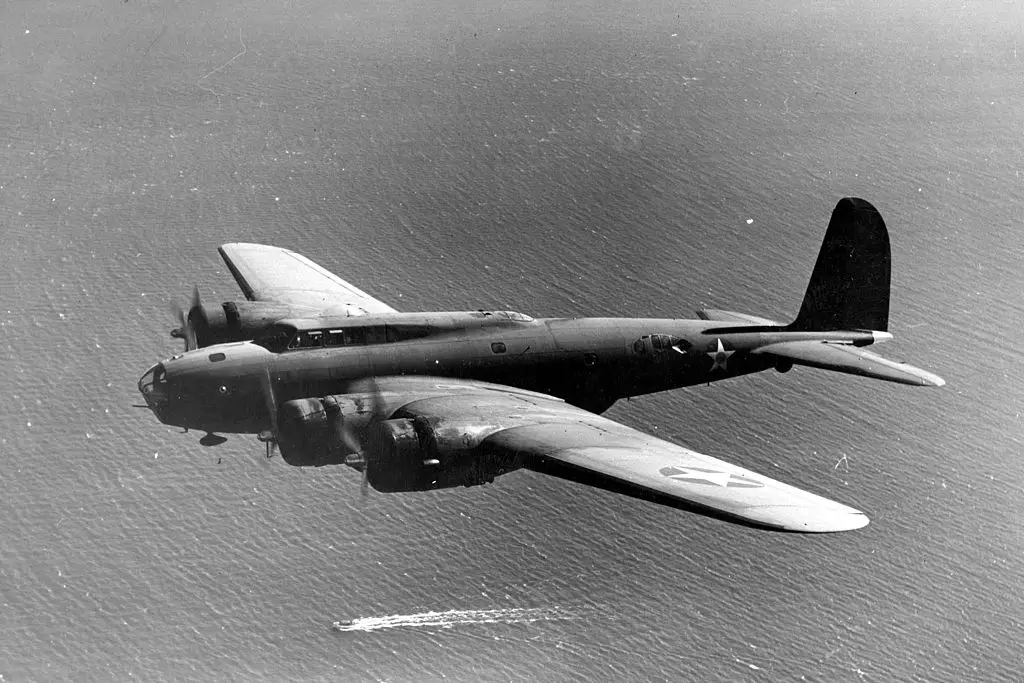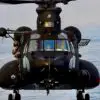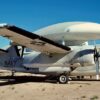Ultimate WW2 Bomber
The Boeing B-29 Stratofortress was the ultimate weapon in the United States’ arsenal during the Second World War era. Either that or it was an aircraft that happened to be in the right place at the right time. A high-altitude strategic bomber with an average speed of 220 miles per hour, a 3,200-mile range, and the capacity to carry an overwhelming quantity of explosives, the B-29 contributed significantly to help end the Second World War.
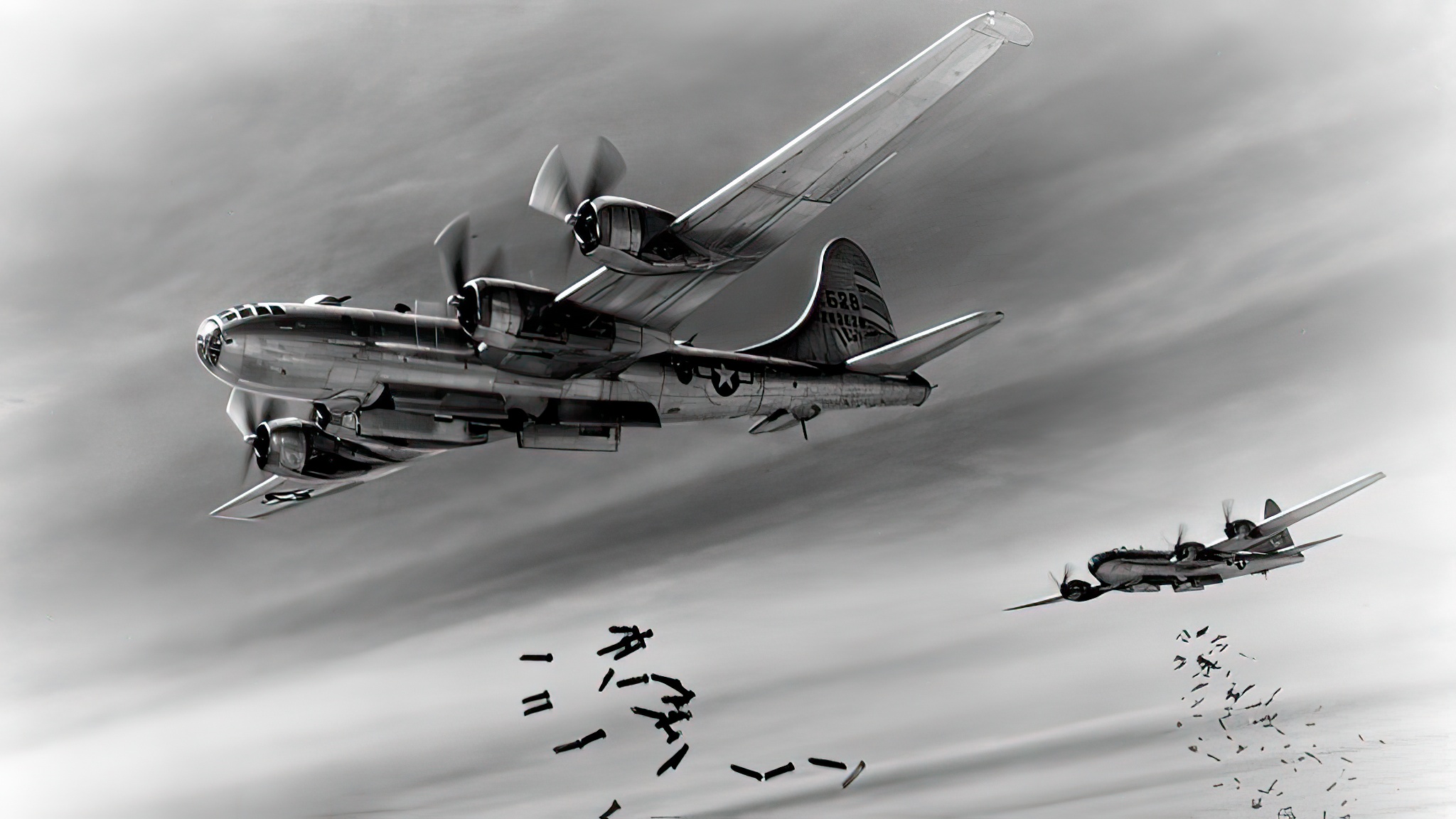
The gigantic B-29 or Superfortress was, well, an enormous aircraft. It spanned 141 feet, 3 inches from wing tip to wing tip and measured 99 feet from nose to tail. Its 27-foot nine-inch high tail turret was the height of a three-story house.
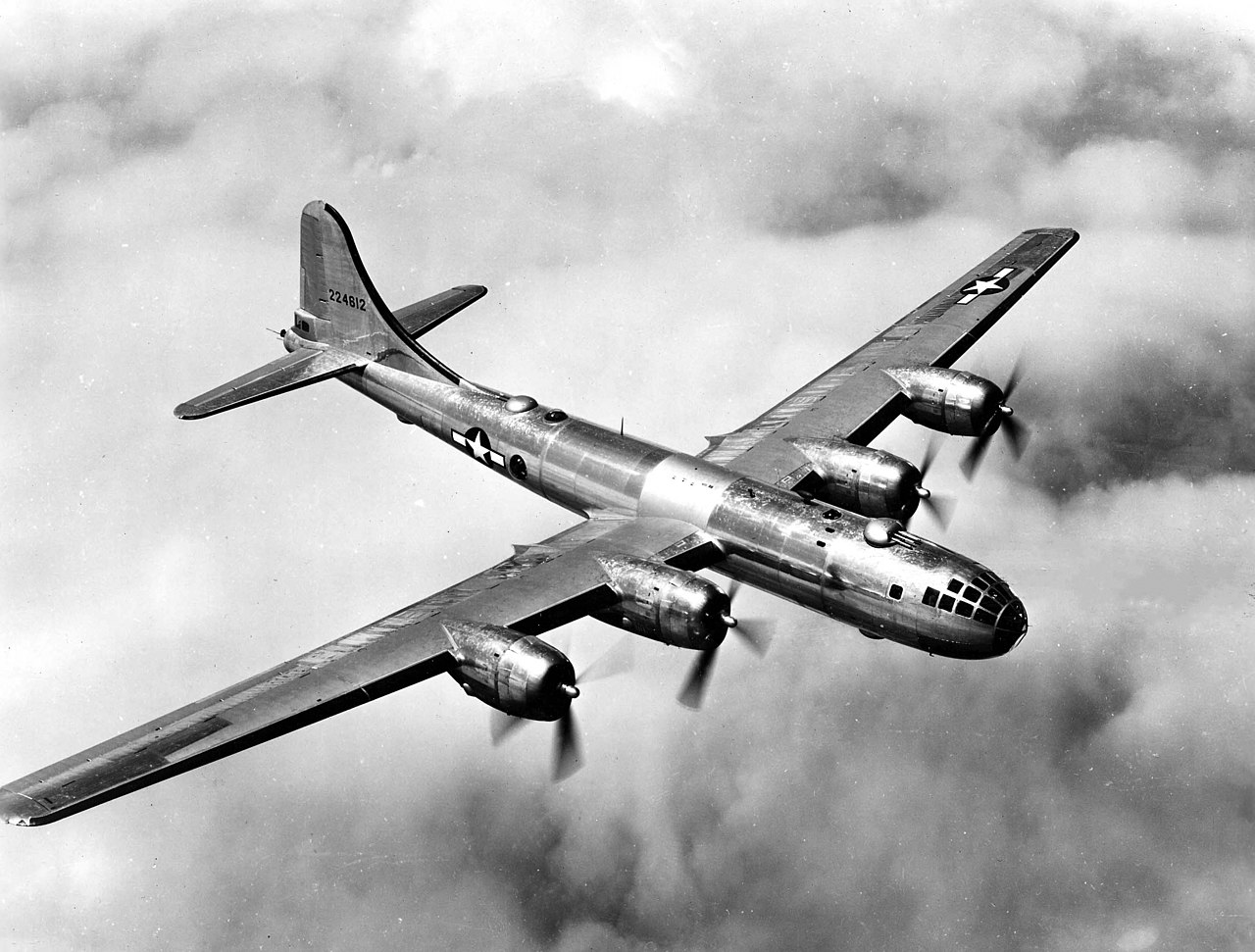
Boeing fitted the plane with a number of novel features, including pressurized compartments. Pressurization meant the planes needed a remotely controlled gun system since crew members couldn’t sit in the gun turrets as they did in unpressurized aircraft.
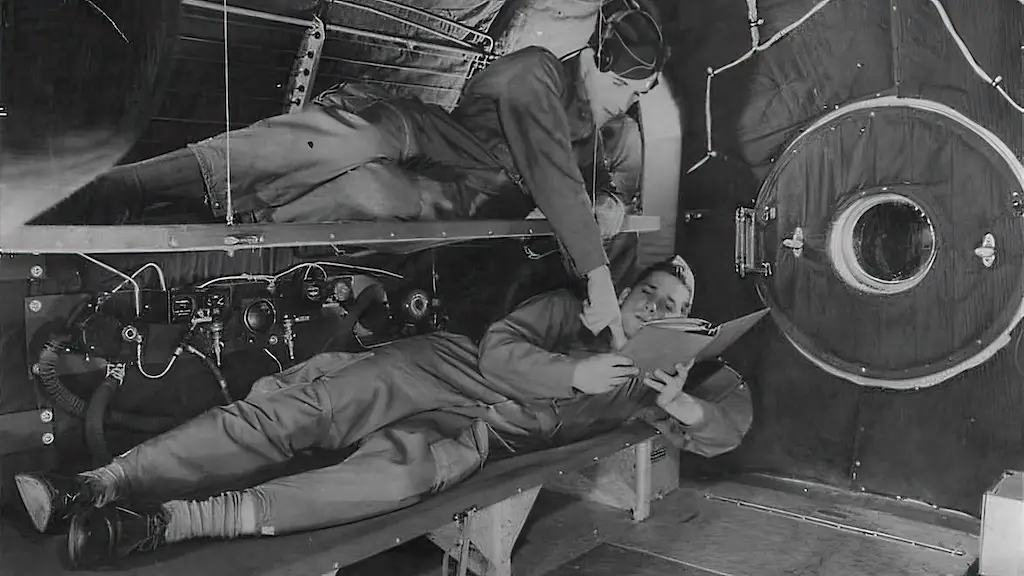
In order to meet the Army’s requirements for range and bomb load, the B-29 had to be heavy and it was the heaviest production airplane in the world at that time. The bomber also had two bomb bays, which were designed to release bombs alternately so that the aircraft’s balance was maintained.
Ultimate Bomber
The B-29 Superfortress was decades ahead of any of its other contemporary bombers. Its carrying capacity was 20,000 pounds of bombs, nearly double the B-17’s payload, to targets more than 2,000 miles away.
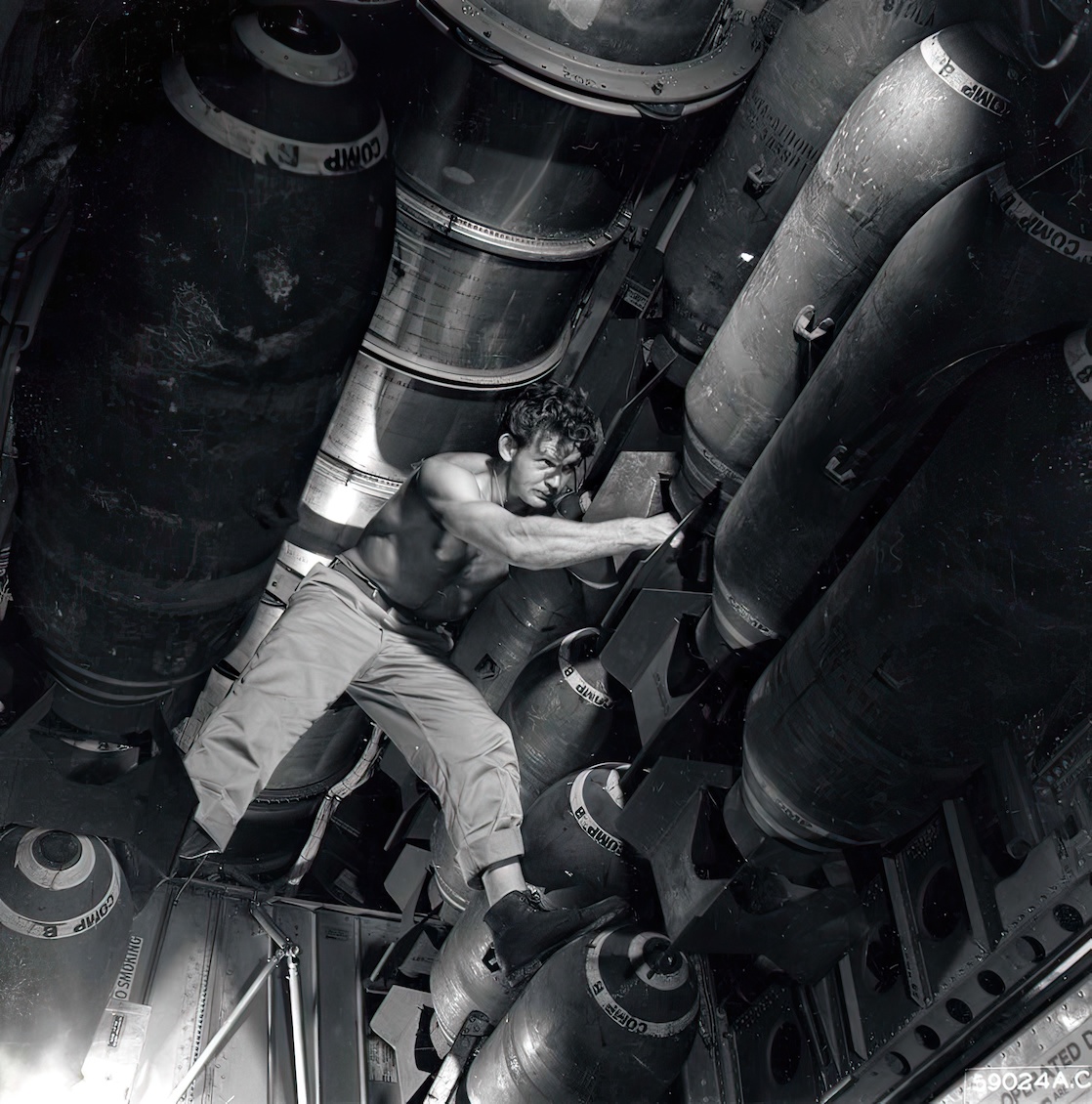
Flying at 30,000 feet, it was almost as fast as most fighters with a maximum speed of 365 mph. Its long, cylindrical fuselage contained pressurised stations for the flight crew, with a narrow tunnel connecting fore and aft cabins across the unpressurised double bomb bay. Former crewmen have reported that the tunnel crawl favoured the agile and non-claustrophobic but were a burden on the rest.
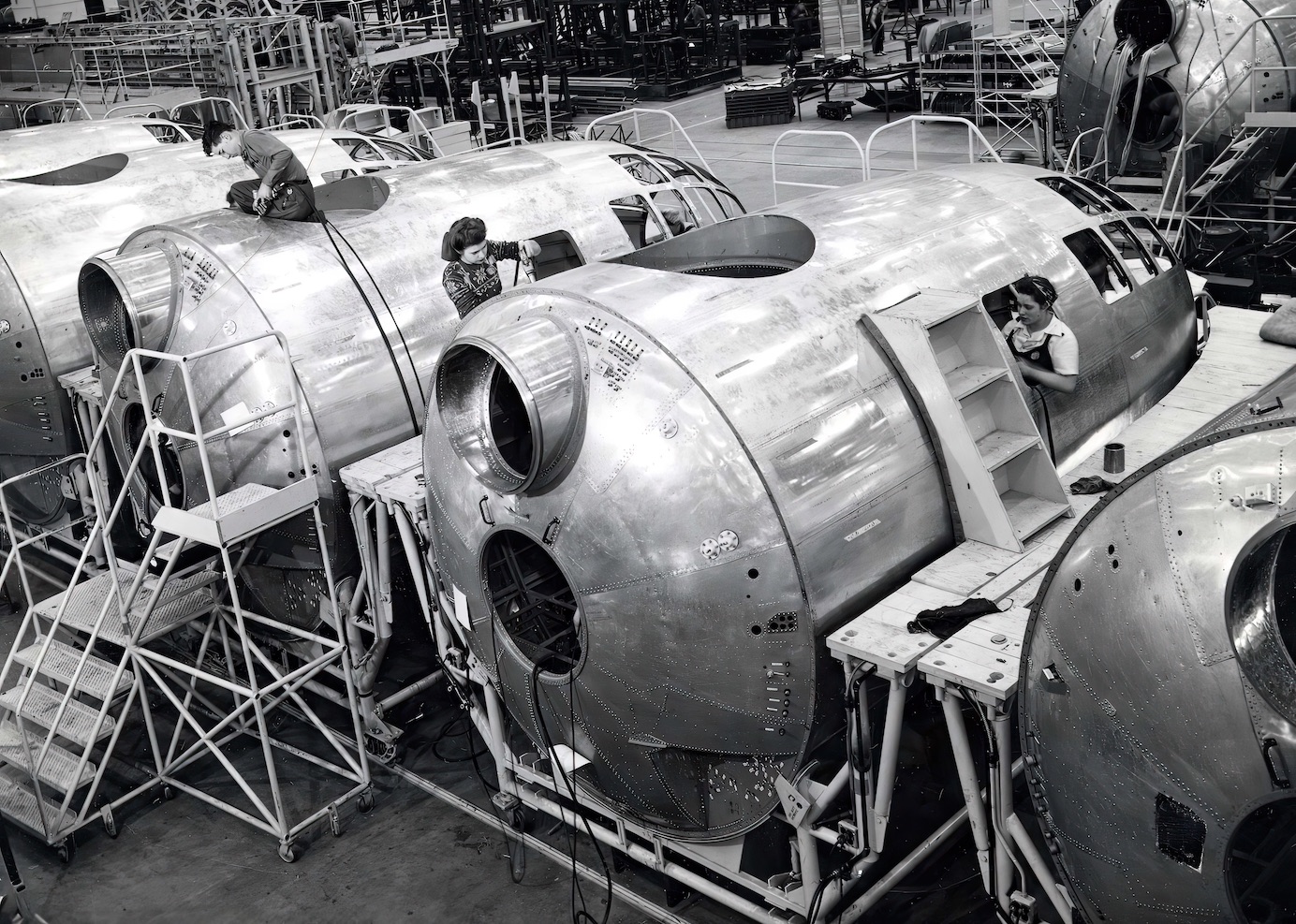
Instead of conventional gun turrets, the B-29’s weapons poked from sealed blisters on the fuselage, linked through a remote-control system that was a technological marvel in the 1940s, albeit not exclusive to the United States. The cannons could then either be fired by the command gunner or by individual gunners in the waist and tail.
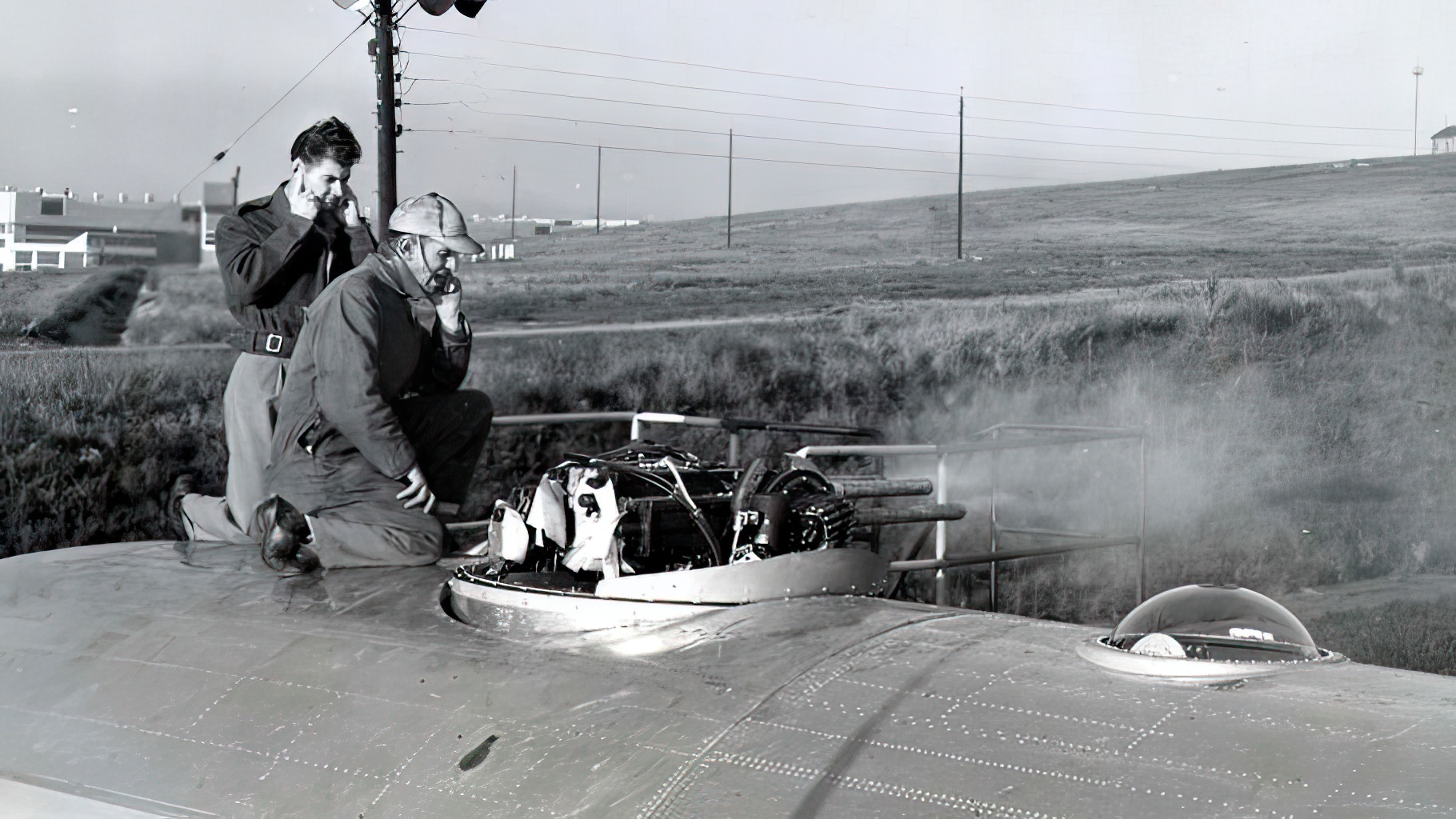
Performance in the War
By the time B-29s entered the war, in May 1944, an earlier generation of heavy bombers had reduced much of Germany’s industrial and residential areas to rubble and ruin. Lest they be wasted among other bomber aircraft, the B-29s were sent to the Pacific theatre.
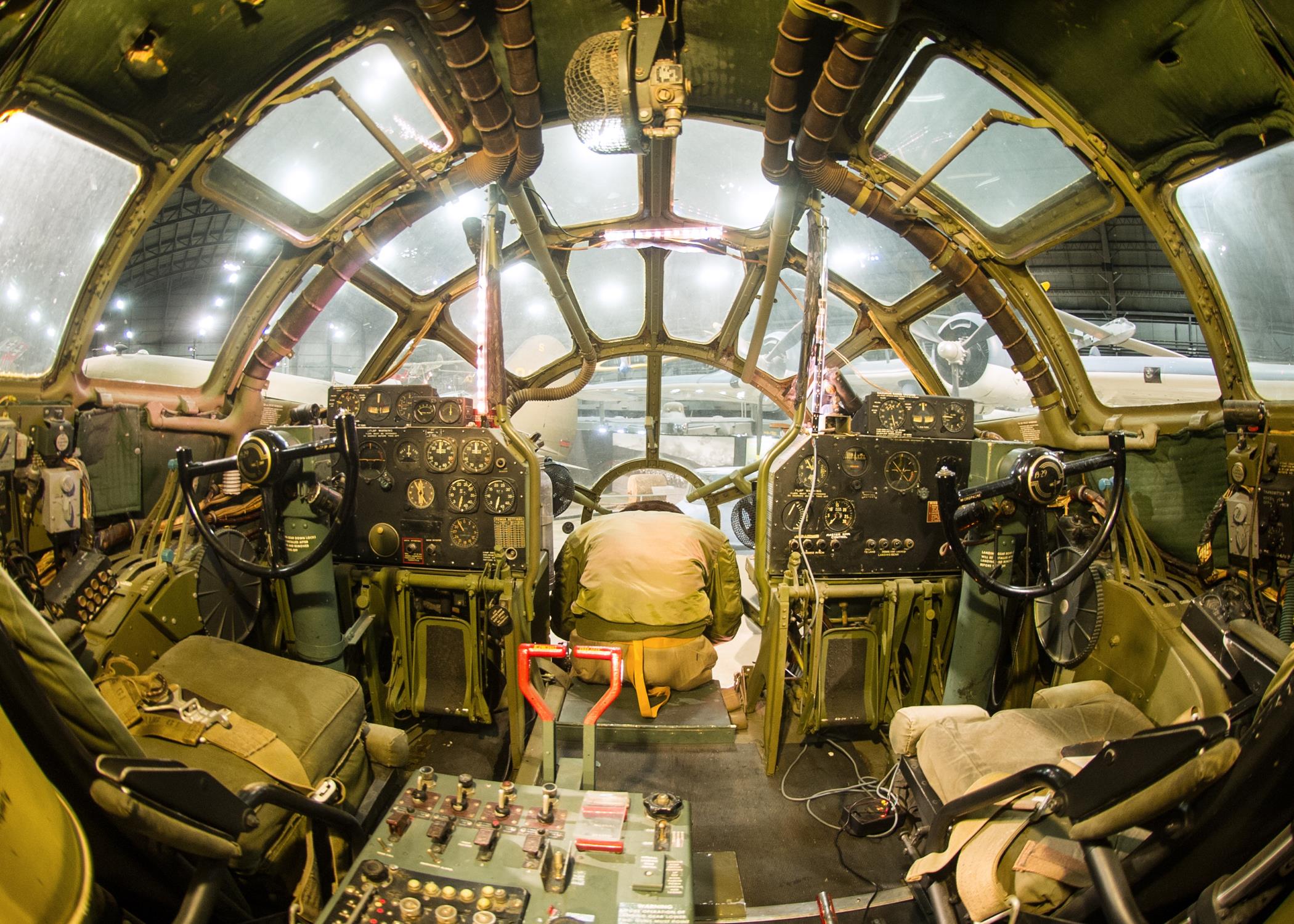
The Superfortresses were deployed to Tinian island, in the Northern Marianas Island chain, where legions of the United States Naval Construction Battalions, referred to as Seabees, had built the war’s largest and busiest airfield. Tokyo stood about 1,500 miles north, well within the bomber’s radius.
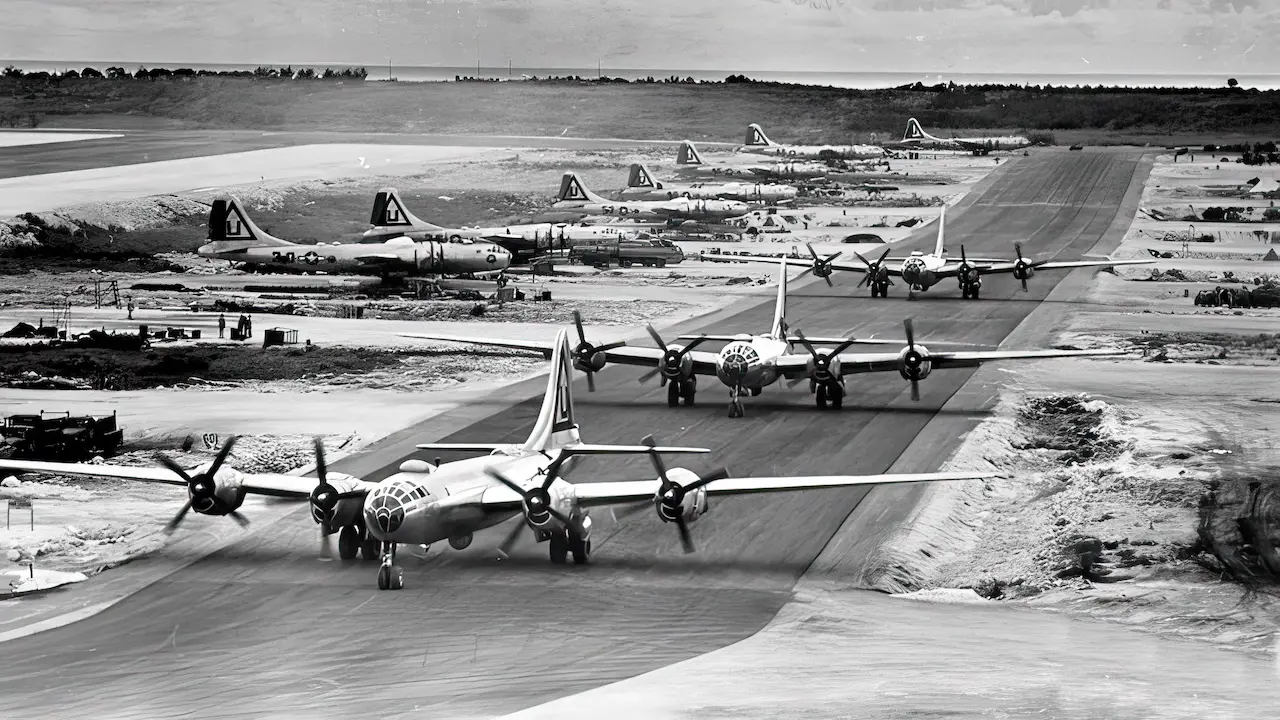
To the surprise of everyone involved, when the bombers flew over Japan, they encountered light opposition. The commander of the bombers, Curtis LeMay, changed strategies when the thin defences and poor results of high-altitude bombing became apparent.
Interestingly, a major reason why the Japanese could not resist the B-29s was twofold: they did not have as many trained or experienced pilots as they used to while the bounteous Mitsubishi A6M Zeros had a lower ceiling than the B-29 meaning they could not intercept them at their altitudes.
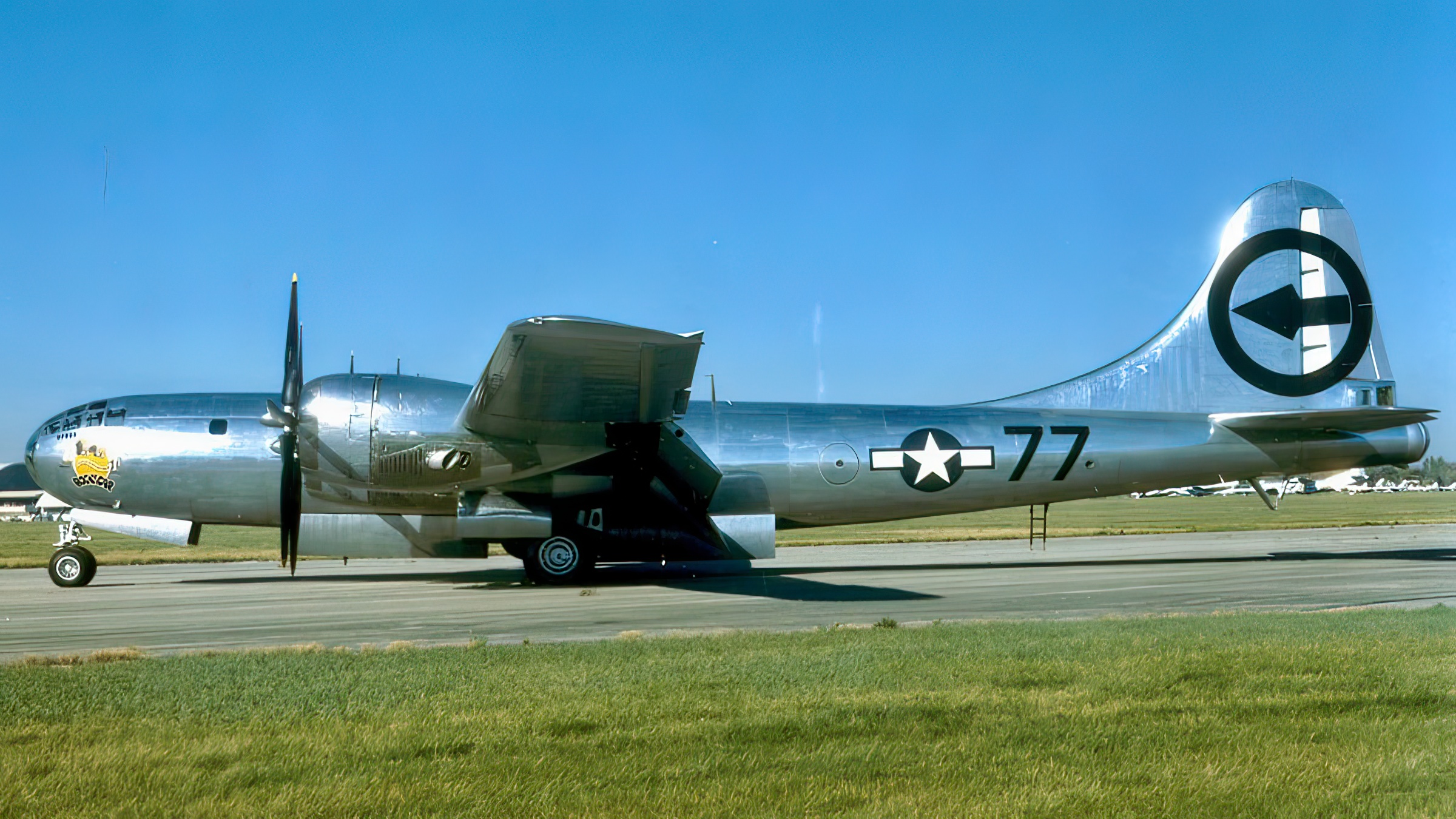
War Enders
After LeMay’s strategy shifts, B-29 daylight missions gave way to intensive, nighttime firebombing over Tokyo and other cities built largely out of paper and bamboo. Years later, B-29 tail gunners would recount seeing Japanese cities reduced to beds of glowing embers as they were turning home.
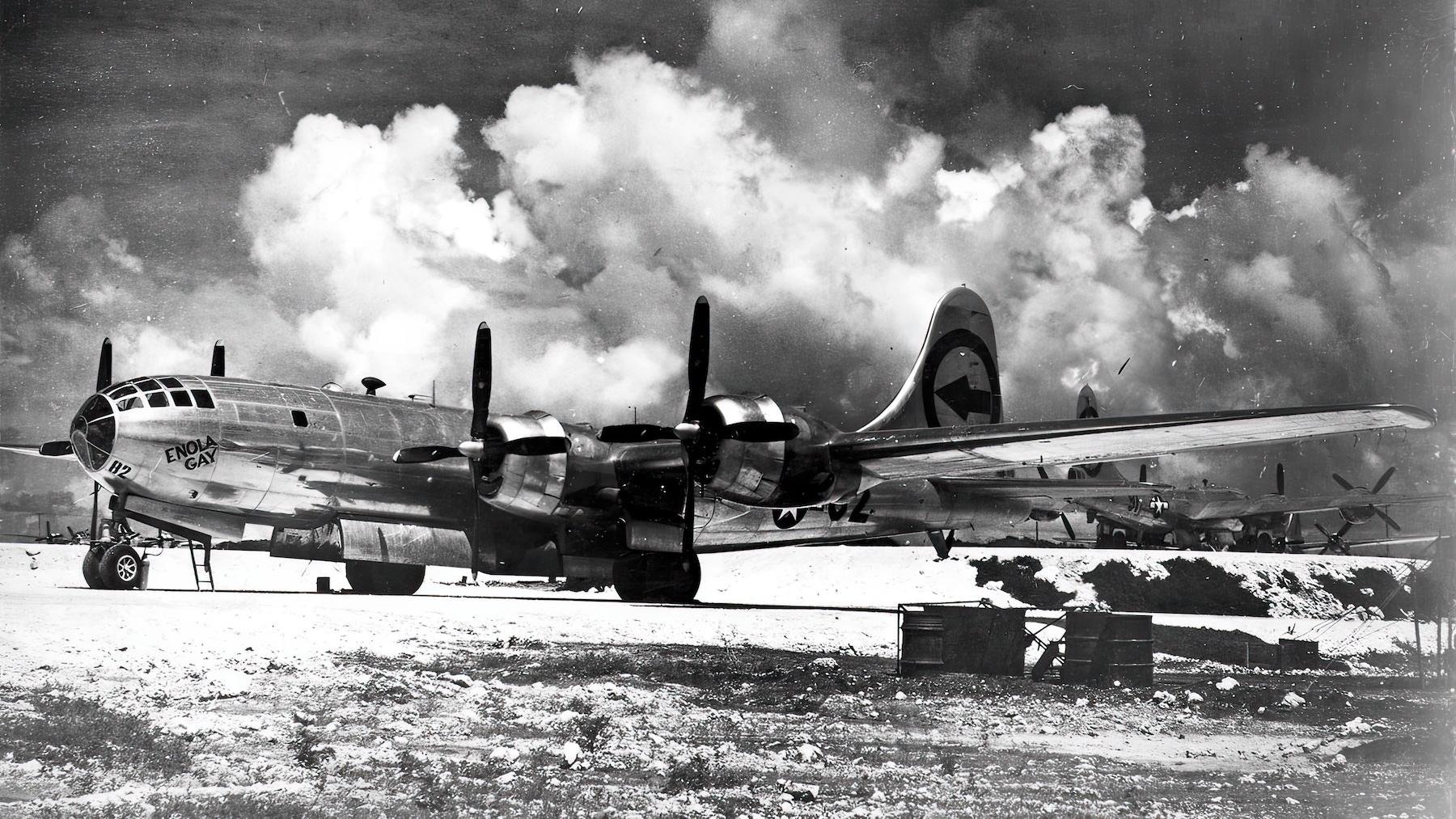
In the late summer of 1945, newly modified Superfortresses capable of delivering the world’s first nuclear bombs joined their conventional variants on Tinian. On August 6, the B-29 Enola Gay dropped a uranium fission bomb on the Japanese city of Hiroshima. Three days later, a B-29 named Bockscar destroyed Nagasaki with a plutonium bomb. Yet, another 800 B-29s bombed Japan with conventional ordnance on August 14. These destructive blows led to the Japanese surrender on September 2 and it was the dawn of a new age; the Atomic Age.

